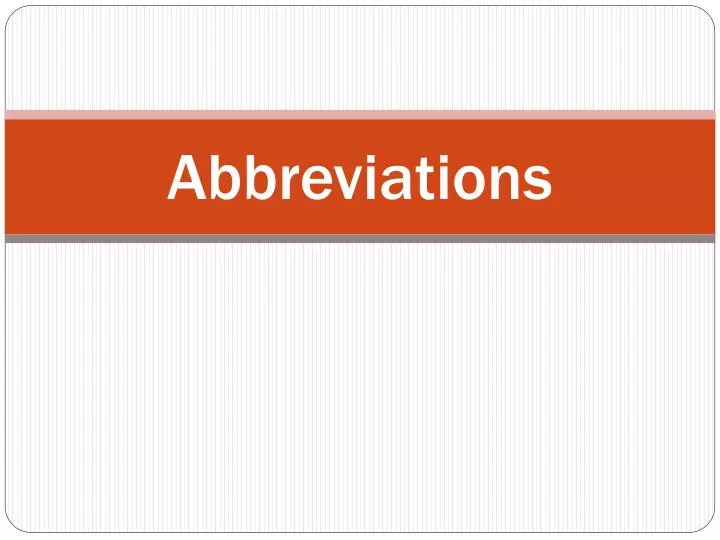
STOP, UNSUBSCRIBE, END: When a consumer texts the SMS keyword STOP, UNSUBSCRIBE, or END to a short code, the brand must opt them out of any text message marketing campaigns in which the consumer is currently enrolled, and send back a text message confirming this action has been completed.
#ABBREVIATIONS FOR WORDS LIKE LOL HOW TO#
#ABBREVIATIONS FOR WORDS LIKE LOL SOFTWARE#
If the consumer wants the text messages to stop at any time during the correspondence, they text the keyword STOP, and the SMS marketing software will remove that individual from the list. Next, the subscriber receives a text message response from the short code. First, the consumer will text the keyword to opt into a specific mobile messaging campaign. In SMS marketing, the process is pretty simple, as SMS marketing software makes this a breeze.

SMS keywords allow subscribers to communicate with a mobile messaging campaign by sending specific words to that campaign’s short code. A text message keyword is a word that a consumer can text from their smartphone to an SMS short code, for example, texting STOP to 33733 to stop receiving messages from that short code.

If you’re rusty on your text message marketing terminology, we’ve got you covered. One significant way SMS marketers are using text message abbreviations is within keywords. MMS messages are typically the longer text messages usually accompanied by a graphic, such as a GIF or an image. Whether the text was abbreviated or not, most people are familiar with the concept. At some point, we’ve all received a text message from a company. If you need more space to communicate with your brand’s clients and perhaps want to include GIFs, videos, or images, an MMS message can handle that. So, it makes sense that SMS marketers would want to use texting abbreviations in their messages. This text message character limit includes any hyperlinks, phone numbers, and emoticons you use in your message. An SMS message allows you to send up to 160 characters of text in a single message. Texting your customers is the clear way to go, but sending a text message to a subscriber has its limits.

Many people stick to checking emails on their computers, so even if you use the latest slang or text abbreviations to communicate with your clients, they may not see it right away. Lastly, texting (whether it’s English or French), GIFs, or emoticons, are exclusively mobile. The average email open rate is barely 20% this is why many organizations choose text messages over emails. On average, the open rate for an SMS message is 99%, making this the communication channel of choice for many retailers and chain restaurants.Īdditionally, the read rates for SMS messages exceed 90%, which shouldn’t be too surprising to anyone as consumers spend a lot of time on their mobile phones texting and scrolling through social media. The great statistics around text message marketing are one reason why organizations use this channel to interact with their customers. And let’s be honest, it’s what the kids are doing. Before we jump into all the fun internet slang terms and text abbreviations, let’s talk about why an SMS marketer might want to use these shorthand English words.īrands of all types are taking advantage of SMS marketing to communicate with consumers. For another, abbreviations are the perfect response to a text message for which you have no response, so instead you send an emoticon, a smiley face, or just a text abbreviation like LOL. For one, text abbreviations save time and space. From Twitter and Facebook to internet chat rooms, every mobile device user has used word abbreviations in their posts or direct messages.


 0 kommentar(er)
0 kommentar(er)
